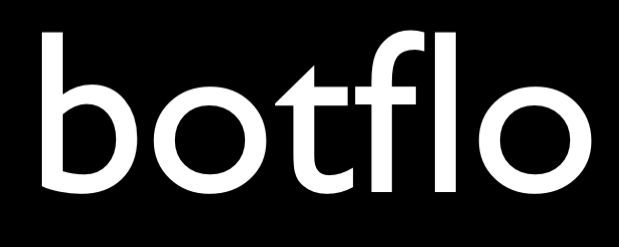12 How to use list and composite entities in Dialogflow ES
Dialogflow ES Quickstart Templates Part 2
I will explain how to use list and composite entitiesBoth Dialogflow ES and Dialogflow CX support entities and th... More in the article.
Suppose you sell three products – KitKat, Snickers and Twix. The user can place an order where they can ask for any quantity of each type. E.g. “I would like 3 Snickers, 1 Twix and 2 Kitkat”
Is there a way to get this input in Dialogflow?
The list and composite entities can help.
Declare the chocolate entity.

Next use the chocolate entity to create an item entity. As you can see the item entity is a “composite” entity, meaning it combines two entities – a number (for quantity) and the chocolate entity

In the Default Welcome intentThis is the intent which is automatically added into the Sta... More, add await_order as the output contextContexts are used in Dialogflow ES to manage the state of th... More

Add another intentBoth Dialogflow ES and Dialogflow CX have the concept of int... More called provides.order

Notice the following:
when you provide the training phrase, Dialogflow ES annotates multiple “item” entities and then also suggests that the item entity (in the parameters table) is a “List”
You can invoke the values of these entities using the format $item[0] and $item[1] etc (based on the maximum number of entities you think the user might provide).
Let us test this bot




As you can see, when we invoke the values inside the text response, there isn’t really any guarantee that Dialogflow ES will use a specific order. That makes it tricky to use this in the Text Response block.
However, you will see that the webhookYou can use webhooks to add custom business logic in both Di... More does get the correct “parsed” item values. You can check this by looking at the Raw Interaction Log inside your History tab.

About this website
I created this website to provide training and tools for non-programmers who are building Dialogflow chatbots.
I have now changed my focus to Vertex AI Search, which I think is a natural evolution from chatbots.
Note
BotFlo was previously called MiningBusinessData. That is why you see that watermark in many of my previous videos.
